In the same section
- Home
- Units
- Light, nanomaterials, nanotechnologies (L2n - CNRS-UMR 7076)
- Research topics
- Light-Matter interactions at the nanoscale
Light-Matter Interactions at the Nanoscale (LiMIN)
Topic coordinator: Davy Gérard
Summary
In this research topic, we aim at using the intense and confined electromagnetic fields around optical nanoantennas to control light-matter interactions at the nanoscale. For instance, nanoantennas can be used to enhance the fluorescence emission from quantum emitters, to detect nearby molecules, or to trigger photochemical reactions. We hence work on the design and fabrication of nanoantennas (either plasmonic or dielectric), on functionalization techniques to graft molecules on nanostructures, and on experimental techniques to characterize the optical response of the resulting hybrid systems. It includes extinction or scattering measurements of ensembles of nano-objects, as well as single nanoparticles, and photoluminescence measurements by means of single photon counting system and lifetime resolved imaging. The development of specific techniques, like Fourier plane imaging, near-field optical imaging, and photochemical imaging allows a deeper understanding of nano-antenna optical properties.
Research highlights by keywords
- Single nano-object spectroscopy
-
Accordion content
- Nano-photochemistry and energy transfer
-
Accordion content
- Plasmonics
-
Pictured are experimental images of electromagnetic resonances in an optical antenna based on a fractal-like design, the Cayley tree. The bottom image shows the topography of the structure as seen in scanning transmission electron microscopy. This simple iterative design, combined with the use of aluminum as the antenna material, yields a broadband operating range for the antenna, spanning energies from thermal radiation up to ultraviolet. The spatial distribution of the electromagnetic resonances inside the antenna is directly imaged using electron-energy spectroscopy (EELS), a powerful technique yielding nanoscale resolution. EELS maps of four different resonances are pictured, with increasing energies from top to bottom. Each image maps a 900 nm times 900 nm area.
Aluminum Cayley trees as scalable, broadband, multiresonant optical antennas, T. Simon, X. Li, J. Martin, D. Khlopin, O. Stéfan, M. Kociak, D. Gérard, Proc. Natl. Acad. Sci. U.S.A. 119, e2116833119 (2022) - Optical forces
-
Accordion content
Current research projects and related applications
Non-exhaustive list in alphabetic order- Advanced hybrid plasmonic nanosources (leading scientist: R. Bachelot)
- Chiral plasmonics (leading scientist: D. Gérard)
- Collective resonances in arrays of nanostructures (leading scientist: D. Gérard)
- Hybrid and molecular plasmonics (leading scientist: J. Proust)
- New materials for plasmonics (leading scientist: J. Plain)
- Non-linear nano-optics (leading scientists: A-L Baudrion & P-M Adam)
- Plasmon-based nanophotochemistry (leading scientist: R. Bachelot)
- Polymer nanomaterials: functionalization, micro/nano photostructuring (leading scientist: S. Jradi)
- Active Plasmonics (leading scientist: A-L. Baudrion)
- Surface enhanced Raman scattering (leading scientists: S. Jradi and P.-M. Adam)
- UV plasmonics (leading scientist: J. Martin)
Collaborations
-ITODYS at Université Paris Diderot, France
-University of Tübingen (EKUT), Germany
-Politecnico di Milano, Italy
-International Nanotechnology Laboratory (INL), Braga, Portugal
-Argonne National Laboratory, USA
-CEA Saclay, France
Typical characterization techniques
-Scattering micro-spectroscopy
-Fluorescence Lifetime Imaging Microscopy
-Microphotoluminescence


